Metal Gear Solid Delta: Snake Eater – First released in 2004 under the direction of Hideo Kojima, Metal Gear Solid 3: Snake Eater has become one of the important milestones of the stealth action genre. The game not only impresses with its in-depth and highly cinematic storyline, but also with its “revolutionary” survival and stealth mechanisms at the time of launch.
Two decades later, Konami and Virtuos decided to revive this legacy with a remake called: Metal Gear Solid Delta: Snake Eater. Developed on the Unreal Engine 5 platform, the game promises to recreate the jungle world and Cold War setting with more realistic detail and lighting than ever before. This is not only an image upgrade, but also an effort to bring the classic experience closer to modern players.
The remake remains faithful to the original plot – following Naked Snake in the “Snake Eater” campaign, where he must survive in the deep forest, complete top secret missions and confront iconic characters of the game series.
As someone who has played many different versions of Metal Gear Solid 3 original, the writer will focus on comparing what the game did better or worse compared to the original, as well as what improvements could have been made, instead of just looking at Metal Gear Solid Delta: Snake Eater is an independent game.
YOU WILL LIKE
Graphics and environmental design “transformed”
One of the most obvious changes of Metal Gear Solid Delta: Snake Eater located on the image side. With the power of Unreal Engine 5, the game is almost completely recreated, delivering sharper graphics, realistic lighting, and more refined environmental details than ever before. From dense tropical forests to fortified military bases, every scene exudes a sense of life and depth.
Tselinoyarsk forest – place Naked Snake carry out survival missions – recreated in high detail and natural colors. Leaves, dry branches, moss covering rocks or morning dew are all carefully simulated, creating an atmosphere that is both wild and realistic. Environmental elements respond gently to wind, rain and light, making every move through the forest feel distinctly immersive.
Lighting and weather effects play an important role in conveying the game's atmosphere. Sunlight filtering through the trees, fog covering the base area, or yellow light shining on the old walls – all together recreate the typical cold war scene of Vietnam. Snake Eater.
One of the most obvious changes of Metal Gear Solid Delta: Snake Eater located on the image side
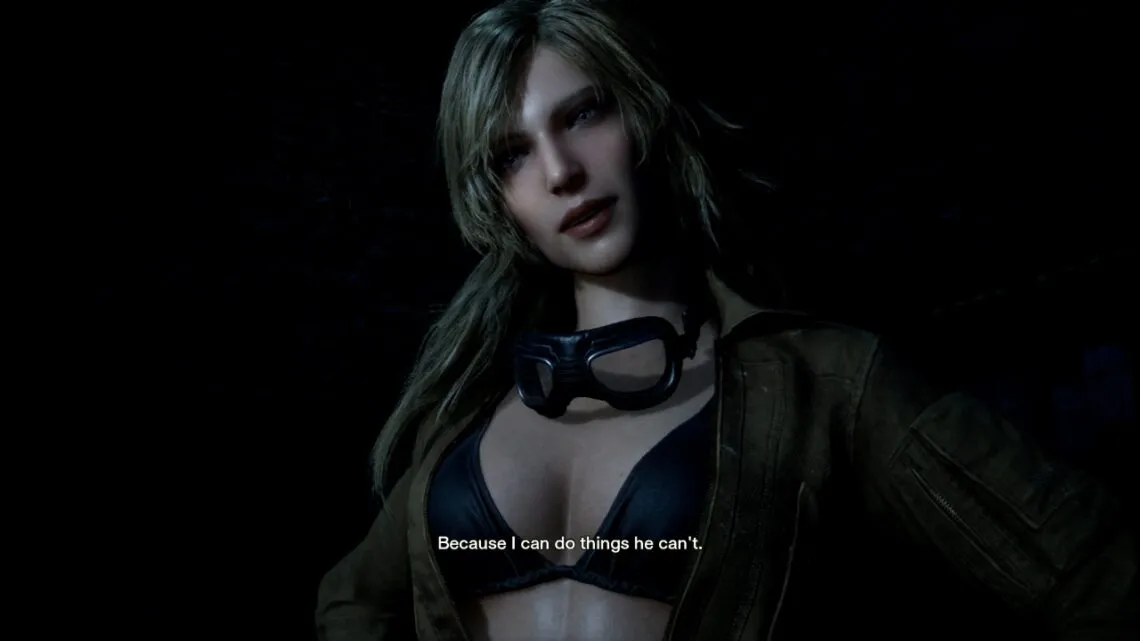
Not only the environment, the classic characters are also carefully cared for. The development team kept the original design but upgraded the detail significantly – from skin texture, clothing to facial expressions. Snake, The Boss, EVA nice Volgin are all presented with respect for the original, but made more convincing thanks to new technology.
Overall, the visual part of Metal Gear Solid Delta: Snake Eater does not try to change the soul of the original, but focuses on clarifying and enhancing every detail, helping players to re-experience a familiar legend in a new, more modern and sophisticated look.
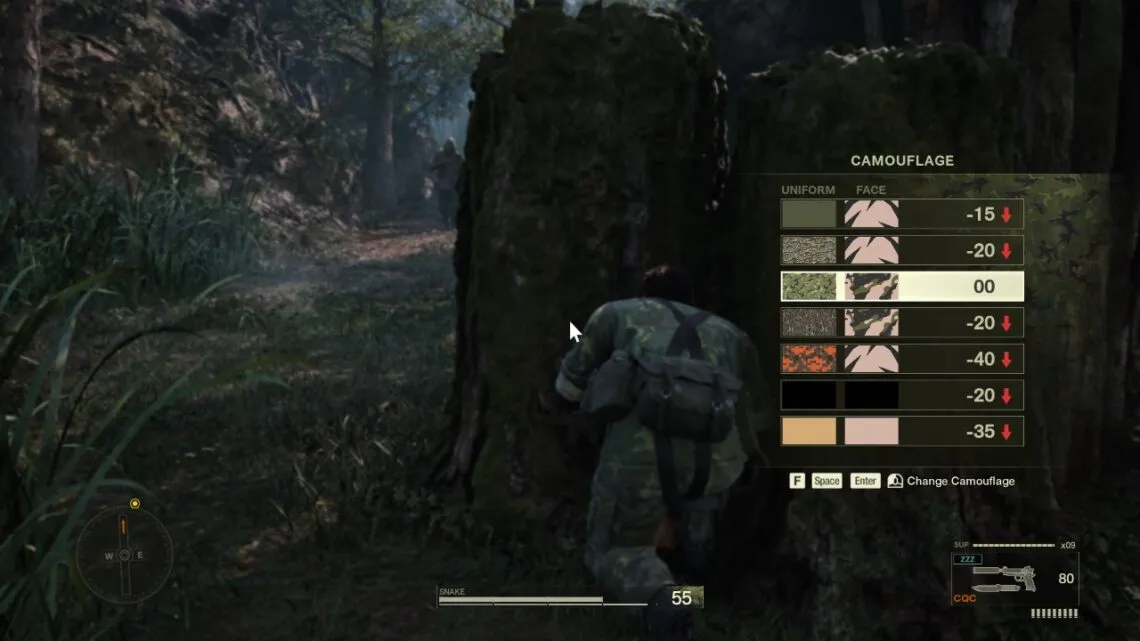
Improved gameplay mechanics and modern features
Metal Gear Solid Delta: Snake Eater not simply a remake with a new “graphics coat”; It also has new upgrades in terms of gameplay mechanics. Gameplay improvements make the experience smoother, more intuitive and more tactical than ever.
Inspired by version Metal Gear Solid 3D on 3DS, players can now crouch, move quietly, crawl, climb and hide naturally and seamlessly. The combination of detailed environmental interaction (emphasized in the graphics) and a meticulously tuned movement system makes players feel completely in control of Snake in every survival situation.
The shooting style has also been restructured with an over-the-shoulder perspective, bringing a familiar feeling like in modern action games. Eliminating the typical but cumbersome “pressure” mechanism of the PS2 controller makes aiming and shooting much more natural, accurate and flexible.
Another valuable improvement is that the Camouflage and Face Paint systems can now be changed while playing without having to pause to access the menu. This seamlessness keeps the pace of the action uninterrupted, helping players fully immerse themselves in the tense jungle world.
Metal Gear Solid Delta: Snake Eater not simply a remake with a “new graphic coat”; It also has new upgrades in terms of gameplay mechanics
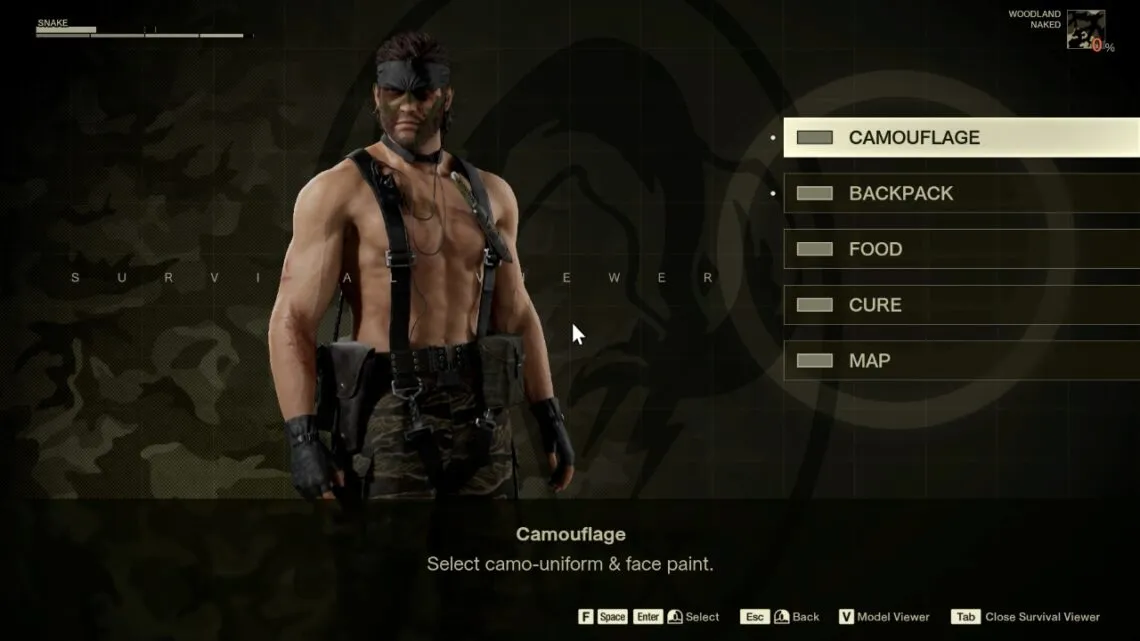
Don't stop there, Metal Gear Solid Delta: Snake Eater It is also an opportunity for the current development team to implement one of Hideo Kojima's impossible ideas in the past. More specifically, Hideo Kojima once intended that when Snake is injured and provides first aid, the wound will remain on Snake's body throughout his journey. This mechanism could not be implemented due to technological limitations of 2004, but it was realized in the game version. Delta.
However, the change that made the strongest impression is the CQC (Close Quarters Combat) system. This is the essence of martial arts jointly developed by The Boss and Naked Snake – and Delta finally fully demonstrated that power. The locking, whipping, and disabling movements are performed with quickness and power. Each of Snake's movements carries weight and purpose, not just as a fighting mechanism, but also as a symbol of philosophy and the bond between the two central characters of the story.
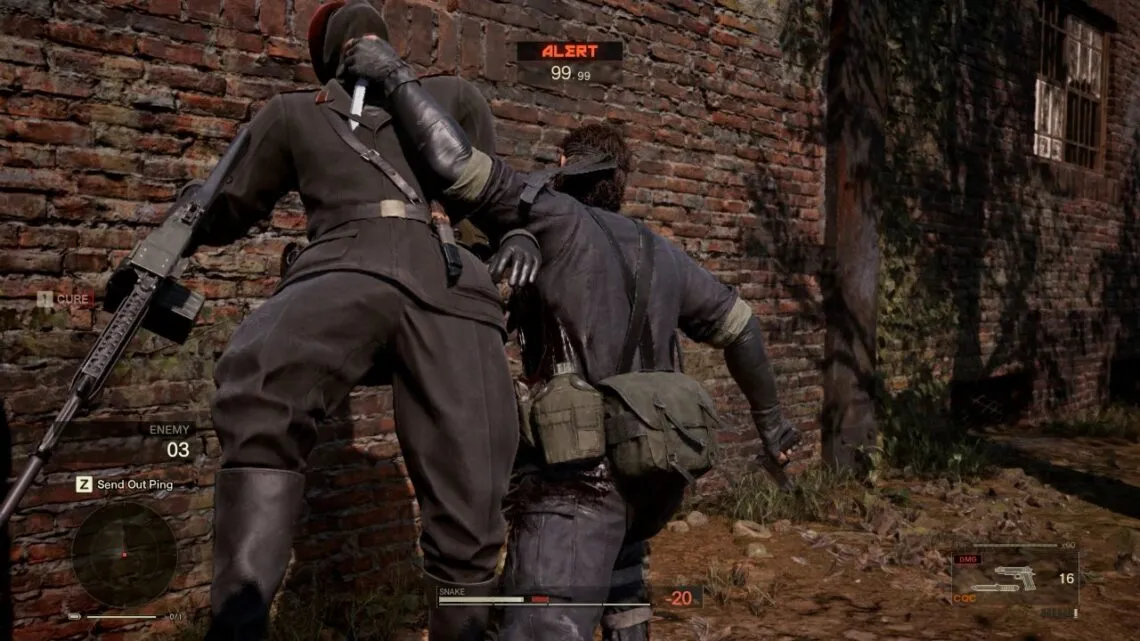
In addition, small, delicately tweaked details also contribute to perfecting the overall experience. The MK22 tranquilizer gun now has a similar long-range bullet drop mechanism Metal Gear Solid V: The Phantom Painmaking it more realistic and computationally demanding, forcing players to rely on stealth instead of just shooting from a safe distance.
Along with that, a series of new amenities have been added to match modern standards: faster Codec access speed, auto-save feature when entering new areas, New Game+ support, challenging “Foxhound” difficulty levels, and countless hidden rewards to discover.
All of those improvements not only make for a more refined and balanced experience, but they also help Metal Gear Solid Delta: Snake Eater became clear proof that a “remake” can both honor the original and go further thanks to the power of technology and meticulousness in design.
YOU WILL HATE

Too much loyalty becomes a limitation
Although this remake has “breathed” a “new breeze” into the old legend with impressive graphics and significant technical improvements, the commitment to preserving the old spirit and structure of the original has become its “limit”.
Although the writer appreciates the effort to recreate the classic feel, Delta Still hasn't reached the point of smoothness and continuity Metal Gear Solid V: The Phantom Pain each definition for the game genre. Snake still feels heavy in movement, lacking the agility, acceleration and delicate sensitivity that players were familiar with in the previous version.
The writer understands that the reason for this is because Konami and Virtuous want to use the gameplay of Metal Gear Solid 3D for consistency in limiting what Snake can do on a relatively small map, which leads to the next problem.
In terms of map design design. Metal Gear Solid Delta: Snake Eatr still maintains its signature split-zone structure, with short loading screens interspersed each time roaming. While contemporary titles have proven that seamless, zero-load maps are possible on current hardware, this old approach makes it difficult for games to feel seamless and scaled.
It is the commitment to preserving the original spirit and structure that becomes the “limit” of the original Metal Gear Solid Delta: Snake Eater
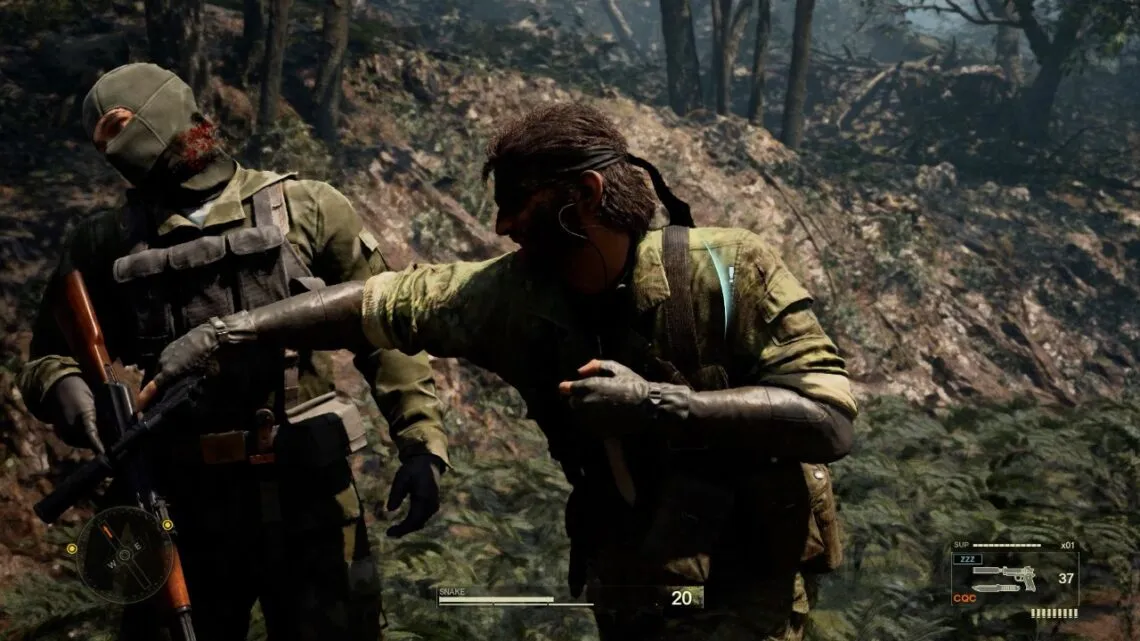
Next is CQC (close combat) – although significantly improved in power and image – still retains a fairly narrow reach, making controlling enemies at mid-range distances a challenge. The absence of the “Reflex Mode” mechanism – a feature that allows players to react quickly when detected – also makes the game more demanding. While this may have been intentional to retain the original spirit of challenge, many modern players may feel “disadvantaged” by not having instant correction tools.
All in all, the loyalty of Delta is a “double-edged sword”: it fully preserves the soul of the old masterpiece, but also keeps the game within the framework of the past – where the line between “nostalgia” and “lag” becomes more fragile than ever.

Technical performance is not yet perfect
Umbrella Metal Gear Solid Delta: Snake Eater is a visually impressive remake, the game's technical performance has not yet reached a level of perfection commensurate with the graphics it possesses.
In some scenes – especially when Snake moves through dense forests or in environments with too many complex effects such as volumetric lighting, fog or rain – the frame rate can noticeably drop.
Those slight jerky moments, although not too frequent, are enough to interrupt the rhythm of the game and break the immersion that the visuals have worked so hard to create. For a game promoted as “harnessing the power of Unreal Engine 5”, maintaining consistent smoothness is paramount to fully conveying the unique beauty and atmosphere of the game. Snake Eater.
Of course, this is not an insurmountable problem. With future updates and optimizations, Metal Gear Solid Delta: Snake Eater It's possible to strike the perfect balance between top-notch visuals and solid performance – something a work of iconic stature deserves.
Umbrella Metal Gear Solid Delta: Snake Eater is a visually impressive remake, the game's technical performance has not yet reached a level of perfection commensurate with the graphics it possesses.












